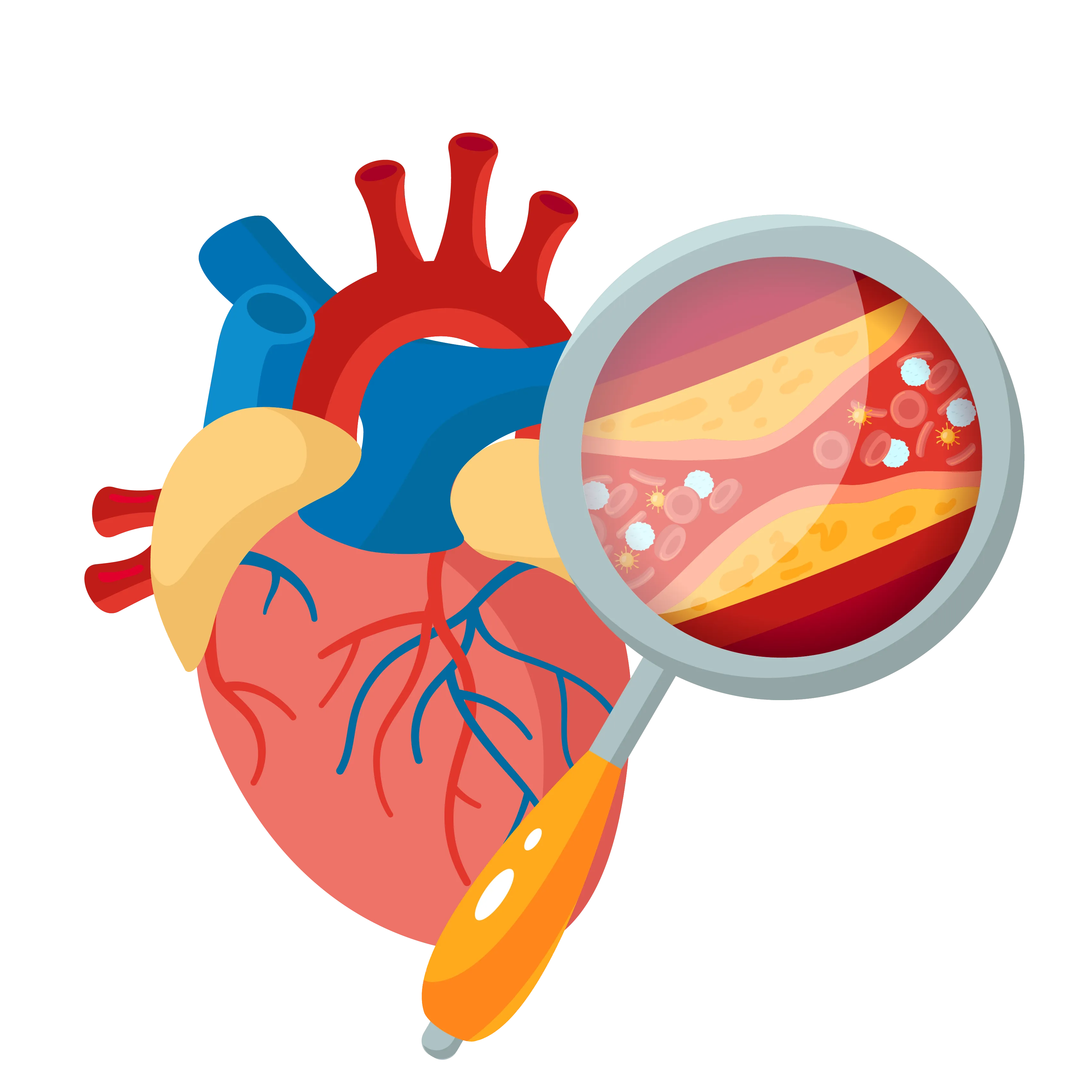Cholesterol | 5 min read
Total Cholesterol Levels: How are the Cholesterol Numbers Significant?
Medically reviewed by
Table of Content
Key Takeaways
- Total cholesterol levels include HDL, LDL, VLDL and triglycerides
- High cholesterol numbers can increase the risk of heart diseases
- Cholesterol numbers can be checked with a simple lipid profile test
Cholesterol is a waxy substance or a type of lipid found in the blood. Though it often gets a bad name, it is cholesterol that actually enables cell membranes to form layers to protect cell contents. Cholesterol is also required to synthesize certain hormones and Vitamin D. Check out the normal Cholesterol level.
While the body produces cholesterol, it is obtained from food sources as well, particularly animal food. It is the liver that converts different fats from food sources to cholesterol. As lipids do not dissolve in water, they need certain carriers to be transported through the blood. These carriers are called lipoproteins, which help in carrying cholesterol to different cells. A lipoprotein is a combination of protein and fat.

There are 3 Types of Lipoproteins.
- HDL or High-density lipoprotein constituting about 20-30% of total cholesterol levels
- LDL or Low-density lipoprotein constituting about 60-70%
- VLDL or Very-low density lipoprotein constituting about 10-15%
You can determine the total cholesterol levels in your body with a simple blood test called a lipid profile test. This may require you to fast for over 12 hours. Keep in mind that cholesterol levels are measured in milligram per tenth-liter of blood (mg/dL). The normal cholesterol level of a healthy individual should be less than 200 mg/dL.
How Important are your Total Cholesterol Levels?
Total cholesterol level indicates the total amount of cholesterol in your blood and includes LDL, HDL, and VLDL cholesterol along with triglycerides. A cholesterol ratio is always calculated on the basis of the following equation.
HDL level+ LDL level+20% of triglycerides present in the blood = Total cholesterol number
While the normal total cholesterol level should be ideally below 200 mg/dL, anything between 200 and 239 mg/dL falls in the borderline category. However, if the total cholesterol level increases beyond 240 mg/dL, it is quite dangerous. Any unexpected increase from your normal cholesterol levels is risky for your heart.
By making small healthy changes to your lifestyle, it becomes easier to reduce the high cholesterol numbers in your blood. Doing exercise regularly and consuming a healthy diet filled with fiber and healthy fats are some of the simple techniques to ensure your cholesterol levels are under control.
Additional read: How to Reduce Cholesterol? 5 Lifestyle Changes to Make Right Now!
How to Interpret the HDL Values?
HDL or high-density lipoprotein is good cholesterol. Cholesterol moves from the arteries to the liver thanks to HDL. Any type of cholesterol that needs to be separated from the body is deposited in the liver by HDL. [1] Thus, it stops the buildup of cholesterol plaque in arteries. High levels of HDL in your blood can minimize the risk of heart ailments. The ideal value of good cholesterol numbers in a healthy individual should be over 60 mg/dL. [2]
What do you Infer from LDL Values?
Low-density lipoprotein or LDL is bad cholesterol as it transports cholesterol to your arteries. If your blood has high levels of LDL, it can deposit on the walls of arteries (cholesterol plaque). The formation of this plaque may reduce the flow of blood to and from the heart, thereby increasing the risk of blood clots. Such blood clots present in the artery of the brain or heart can lead to brain stroke or heart attack. The normal value of LDL cholesterol has to be under 100 mg/dL.
Additional read: What is Good Cholesterol and How Does it Differ From Bad Cholesterol?What is the significance of VLDL Values?
VLDL or very-low-density lipoproteins forms in the liver. It is then released into the blood. This supplies another type of fat called triglycerides to body tissues. Like LDL, high levels of VLDL result in the formation of cholesterol plaque in arteries. An effective way to minimize VLDL levels is to lower triglyceride levels. There is no direct way to measure the VLDL levels in your blood. It is calculated as a percentage of the total triglyceride value.
The normal VLDL levels should be ideally between 2 and 30 mg/dL. [3]

How do Triglycerides affect Cholesterol levels?
Triglycerides are a type of fat-like cholesterol present in the blood. Non-essential calories from food convert into triglycerides. These are stored in fat cells. Consuming more calories than you actually burn may result in increased levels of triglycerides in your blood. Triglyceride levels are normal if it is less than 150 mg/dL and if they fall between 150 and 199, it is borderline high. However, if your triglyceride levels exceed 200, it is high.
If you are above 20 years of age, it is important for you to get regular lipid profile checks. To check your cholesterol numbers, book blood tests on Bajaj Finserv Health. This way you can stay fit as a fiddle by taking necessary preventive measures to boost your health.
References
- https://my.clevelandclinic.org/health/articles/11920-cholesterol-numbers-what-do-they-mean
- https://www.health.harvard.edu/heart-health/making-sense-of-cholesterol-tests
- https://medlineplus.gov/ency/patientinstructions/000386.htm#:~:text=VLDL%20is%20considered%20a%20type,to%201.7%20mmol%2Fl).
Disclaimer
Please note that this article is solely meant for informational purposes and Bajaj Finserv Health Limited (“BFHL”) does not shoulder any responsibility of the views/advice/information expressed/given by the writer/reviewer/originator. This article should not be considered as a substitute for any medical advice, diagnosis or treatment. Always consult with your trusted physician/qualified healthcare professional to evaluate your medical condition. The above article has been reviewed by a qualified doctor and BFHL is not responsible for any damages for any information or services provided by any third party.





